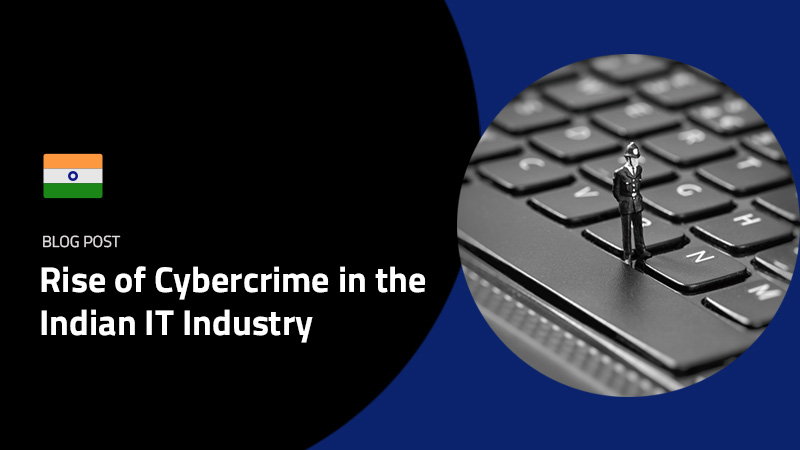We know by now how much sense it makes to monitor employees: for productivity, to protect your networks and to safeguard your intellectual property.
But it’s understandable if employees balk at the word “monitoring.” To them, it may sound like Big Brother edging in to intrude on their privacy.
Although the fact is that workers don’t really have any privacy on the job, it’s important to handle the matter gently in order to keep employees happy.
The key: Show them that monitoring is meant to make for a better company, not to catch out workers.
Even hardworking people check Facebook once in awhile. People’s productivity has peaks and valleys, and everyone has days when they have a hard time getting things done. – Inc. “
Here’s how to do it
Get some buy-in
Show them that you’re monitoring for a reasonable purpose, like to track how long it takes to complete a project.
Explain what you’re doing
Show workers exactly what will be monitored and how it will be done.
Protect privacy
Ensure that personal employee data, like personal emails, won’t be mined or stored anywhere.
Put your money where your mouth is
Show how you’ve used employee monitoring for good: for example, to add more staff to a project or streamline operations.
Improvements come from identifying and changing problematic patterns of behavior, not from triggering alarms every time someone does something out of policy. – Inc.
What Software Should I Use?
Monitoring software should include some key functions:
- Attendance and productivity tracking
- Data loss prevention
- Keystroke and chat logging
- Search alerts
- Email/Webmail monitoring
- Instant messenger monitoring
Employee monitoring programs include:
- Spectorsoft CNE Investigator Edition
- ActivTrak
- Refog
- Digital Endpoint
All four are available on PCs. Digital Endpoint also works on cell phones.






